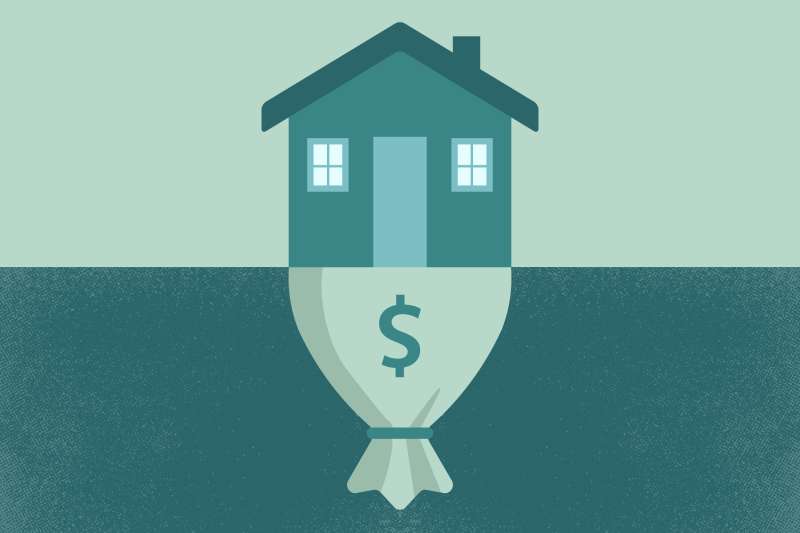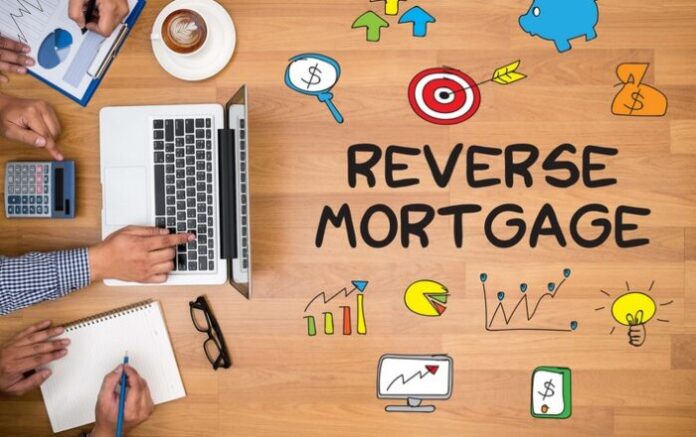In March 2025, the number of home buyers who looked into mortgages for second properties increased by 128 percent, according to data on Redfin. When you own a secondary residential property, you’ll always have a holiday destination and an appreciating asset. Another benefit of second homeownership is the diversification of your investment. Ideally, you can rent out your property to get extra income every month or annually. So, if you’ve been looking to leverage properties to grow your investment portfolio, consider purchasing a secondary home. However, the buying and financing process can be a bit more tricky than that of a primary residence. To make your experience less stressful, below are a few tips on how to finance your second home.
1. Home equity financing

Many homeowners prefer this option because it gives access to vast amounts of cash at low-interest rates. You can also choose between a home equity line of credit or HELOC and home equity loans. These two types of home equity financing have unique qualities. For instance, home equity loans allow home buyers to borrow funds against the equity they have built in their homes. Plus, these loans are offered in a single lump sum and repaid in monthly installments at a fixed interest rate.
On the other hand, a home equity line of credit is similar to a credit card, meaning you can withdraw up to the credit limit. Typically, the initial draw duration for HELOC is ten years. After repaying the loan principal, your credit is renewed, and you can start withdrawing again. While home equity lines of credit give you the flexibility to access money when needed, they increase your credit usage, and that can damage your credit score.
2. Cash-out refinance

Cash-out refinancing is another excellent option for buying your second home as it enables you to refinance your home loan for a higher amount than you owe. For example, let’s say your mortgage balance is $50,000, and you need $90,000 for your second home’s down payment. You’ll need to obtain a cash refinance loan worth $140,000 and spend $50,000 to clear the home loan balance, and then use the difference for the down payment.
However, mortgage lenders tend to deduct closing costs that average between 2%-5% from the cash-out amount. With this in mind, take time to compare rates offered by multiple lenders before applying for cash-out refinancing. Also, make use of an online mortgage calculator to get the exact amount of your mortgage payment. Calculating your loan repayment helps you determine how much you can afford to buy a home and the loan type that suits you best.
3. Loan assumption

If your potential seller holds a VA or FHA home loan at a low-interest rate, you may want to assume the mortgage from them. This means you’re taking over the remaining mortgage balance repayments while ensuring the loan terms, including repayment period and loan rate, remain intact. Assuming a home loan is a perfect low-rate financing option for a second home. However, you must find a seller with a government-backed loan because secondary homes aren’t eligible for VA, USDA, and FHA loans.
4. Reverse Mortgage

A reverse mortgage is a perfect financing option for a second home, as it allows you to leverage your property’s equity. Unlike regular home loans, these government-sponsored mortgages don’t require you to make monthly repayments. And you don’t have to sell your home, meaning you can continue living in it. However, the mortgage must be paid when you leave or sell the property.
Like most loans, reverse mortgage loans have strict lending standards. Therefore, take a considerable amount of time learning how reverse mortgages work before submitting your application to lenders. Typically, you should be 62 years or older and own at least 50 percent of your primary home’s equity to obtain a reverse mortgage. Additionally, you can only have one primary lien to qualify for a reverse home loan. This means you can’t have a secondary lien like a second mortgage or home equity line of credit. Despite the tough lending rules, reverse mortgages allow home buyers to protect their savings when purchasing a second home. You also enjoy competitive interest rates and don’t have to pay the loan out of pocket.
5. 401(k) loans

Taking a 401(k) loan entails borrowing money from your retirement savings account and repaying in monthly installments. One of the most notable benefits of 401(k) loans is interest-free, meaning any interest owed is deposited back to your retirement funds. These loans are attractive options for homebuyers seeking down payment but can’t obtain a home equity loan. In most cases, individuals save up much of their wealth in 401(k) savings accounts, making it easy to borrow from themselves whenever necessary.
However, 401(k) loans have several drawbacks that might impact your finances. The biggest disadvantage being, you stand to lose a significant amount of interest that the borrowed funds could have accrued if it remained in your account. Not to mention 401(k) loans have a short repayment timeline, so you’ll be required to make high monthly payments. It’s worth noting that any outstanding loan balance could be declared taxable by the IRS if you default on a 401(k) loan.
6. Pay cash for your second home

If you can save enough money, making an all-cash purchase for your second home is a viable option. When you pay cash for your investment property or vacation home, you get an edge with motivated sellers looking to close deals quickly. Since cash makes you an attractive buyer in the eyes of sellers, you increase your chances to bargain for better offers. You also don’t have to endure the stressful process of getting a mortgage or worry about monthly loan repayments. However, there are cons linked to making an all-cash home purchase, like sacrificing liquidity, losing the financial leverage that home loans offer, and investing huge sums of cash on a single asset. With this in mind, evaluate all your options to determine whether paying cash for your next home is worthwhile or not.
Buying a second home is an excellent way of diversifying your investment portfolio. Not to mention, you’ll always have a vacation spot. However, you must choose the right home financing option to make the buying process less stressful. Depending on your needs, you can choose to take cash-out refinancing, loan assumption, or home equity financing. You could also apply for a reverse mortgage, 401(k) loans, or make an all-cash purchase.









